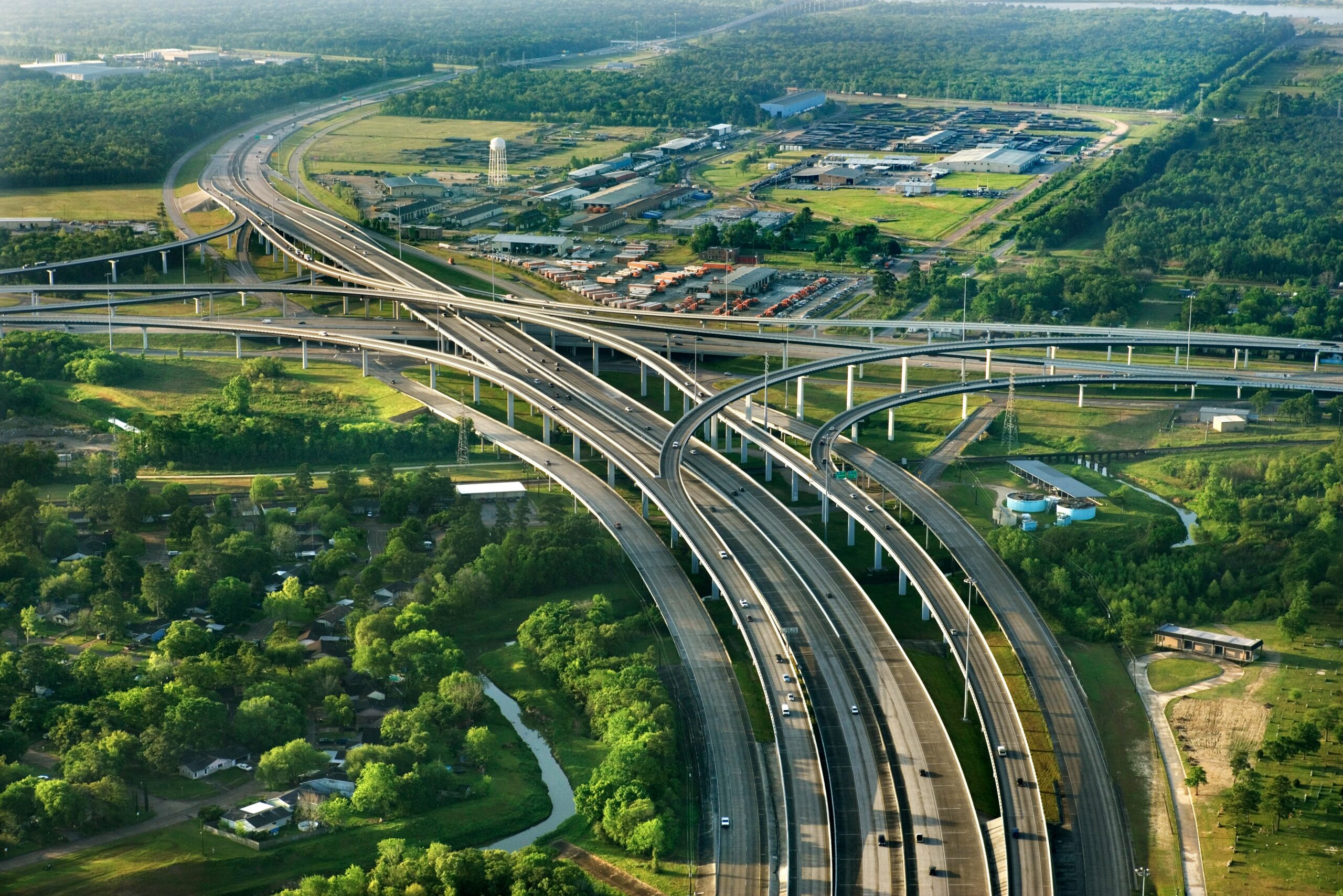
Global infrastructure projects are more critical than ever in today’s fast-evolving world. Whether it’s constructing new roads, bridges, airports, or communication networks, these projects are the backbone of modern economies. This guide will take you through the key aspects of global infrastructure projects, from planning to execution, while focusing on the essential factors that ensure success.
Understanding Global Infrastructure Projects
Global infrastructure projects are large-scale endeavors that require extensive planning, resources, and time. They involve developing and maintaining essential transportation networks, utilities, and communication infrastructure. These projects are vital for economic growth, improving the quality of life, and promoting sustainability across various regions.
These projects often span multiple countries, requiring collaboration between governments, private companies, and international agencies. Their complexity means they must be managed strategically, considering various financial, political, and environmental factors.
Key Considerations for Global Infrastructure Projects
Several factors must be carefully considered to ensure success when planning a global infrastructure project. Below are some of the most critical aspects to address.
1. Budget and Financing
One of the first considerations for any global infrastructure project is securing the necessary funding. These projects can require billions of dollars in investments. Therefore, proper budgeting is essential to ensure the project’s financial feasibility and avoid cost overruns that could derail progress.
Financing can come from various sources, including government funds, private investors, or public-private partnerships. Identifying the most appropriate funding model is crucial for the project’s long-term sustainability.
2. Regulatory Compliance
Every region has its own set of regulations that must be followed during the construction and operation of infrastructure projects. Compliance with local laws is essential to avoid legal complications and ensure the project’s safety and environmental sustainability.
Navigating through the legal frameworks of different countries can be challenging. International projects often require expertise in understanding and adhering to various regulations such as environmental standards, labor laws, and safety protocols.
3. Environmental Impact and Sustainability
Sustainability has become a top priority for global infrastructure projects. More than ever, stakeholders focus on projects that meet current needs and provide long-term environmental benefits.
Sustainability considerations should begin in the early planning stages. This involves assessing the potential environmental impact of the project and identifying ways to mitigate any adverse effects. Techniques such as green construction practices, the use of renewable energy, and waste reduction are now standard practices in the industry.
4. Technological Integration
Incorporating the latest technological advancements can significantly enhance the efficiency and effectiveness of an infrastructure project. This includes everything from using Building Information Modeling (BIM) for better design and planning to leveraging innovative technologies for improved infrastructure management and maintenance once it is completed.
Technological innovations also play a critical role in enhancing safety, reducing costs, and improving communication across the project team. For example, using drones for site surveys or incorporating AI in project management can streamline processes and ensure accuracy.
5. Risk Management
Risk management is another crucial component of global infrastructure projects. Projects of this magnitude face various risks, including political instability, supply chain disruptions, natural disasters, and unforeseen financial difficulties.
Conducting a thorough risk assessment and developing a mitigation strategy for these uncertainties is essential. Implementing flexible project management processes that adapt to changing circumstances is key to minimizing risk.
Strategies for Successful Execution
Successfully executing a global infrastructure project requires careful attention to detail and coordination. Below are some strategies that can help ensure a project’s success.
1. Strong Project Management
An experienced and dedicated project management team is one of the most critical factors in ensuring a project’s success. A strong project management team will ensure that tasks are completed on time, within budget, and to the required quality standards.
Project managers should have the expertise to deal with the unique challenges posed by global projects, including managing multiple stakeholders, navigating complex regulations, and handling international supply chains.
2. Collaboration and Communication
Effective collaboration and communication are essential in a global infrastructure project. Given the diverse stakeholders involved, it is vital to establish clear communication channels to keep everyone on the same page. This ensures that issues are addressed quickly and the project stays on track.
Regular updates, meetings and transparent communication help maintain trust and ensure all parties align with the project’s goals and objectives.
3. Adopting Lean Practices
Lean construction principles can help streamline processes, reduce waste, and optimize resources. By maximizing efficiency and productivity, project teams can avoid unnecessary delays and expenses.
For global projects, lean practices also mean improving coordination between international teams, reducing duplication of efforts, and ensuring that all tasks are performed as efficiently as possible.
4. Innovative Construction Techniques
Innovation is key to the success of any large-scale infrastructure project. New construction methods, such as modular or prefabrication, can help speed up the building process while maintaining high-quality standards.
These methods allow construction components to be constructed off-site, which can be transported and assembled on-site, reducing construction time and minimizing disruptions.
Global infrastructure projects are massive undertakings that require careful planning, execution, and coordination. With the right strategies, these projects can enhance economic development, improve infrastructure, and contribute to sustainability worldwide.
Stakeholders can increase their chances of success by focusing on key factors like budgeting, regulatory compliance, environmental sustainability, technological integration, and risk management. Furthermore, adopting innovative construction techniques, embracing lean practices, and fostering collaboration can help ensure these projects meet their goals efficiently and effectively.
As global infrastructure continues to evolve, it’s essential to adapt to new technologies and best practices, ensuring that the infrastructure of tomorrow supports the needs of an increasingly connected world.